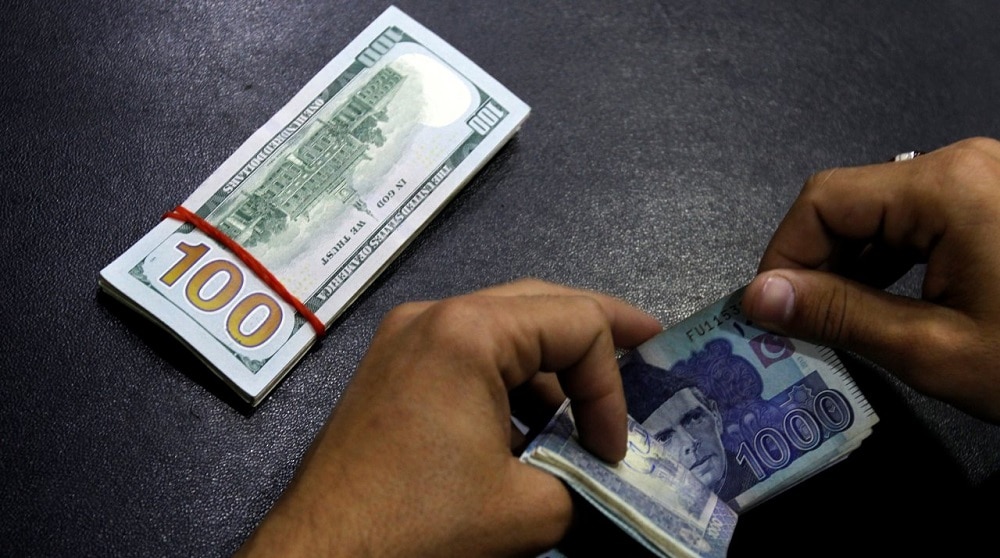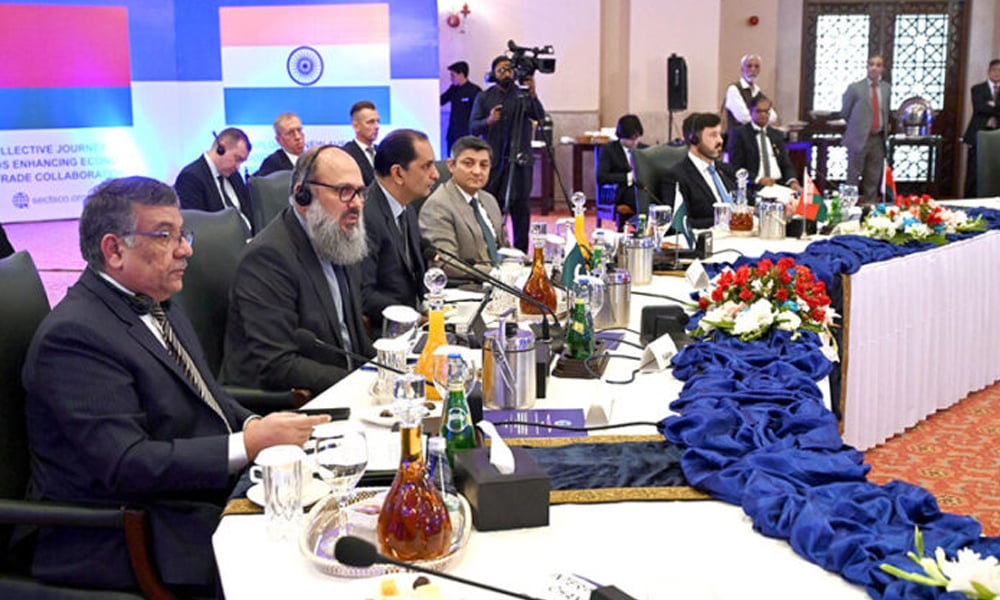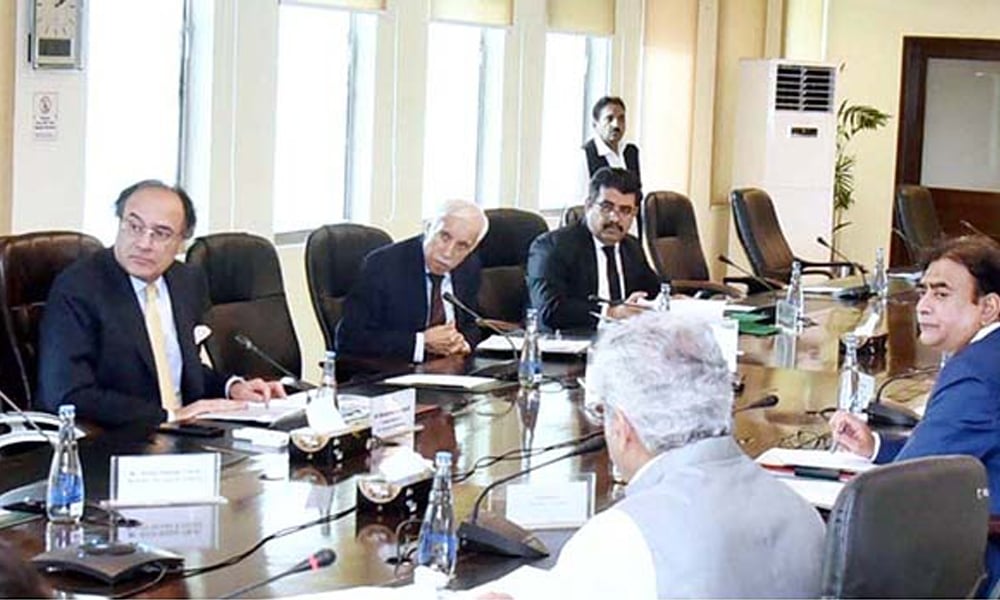PTBP Web Desk
The Pakistani rupee saw a slight gain against the US dollar on Tuesday morning, appreciating by 0.04% during the opening hours of trading in the inter-bank market. As of 11 am, the local currency was trading at 277.75 per US dollar, up by Re0.11 compared to the previous day’s closing rate of 277.86, as per data from the State Bank of Pakistan (SBP).
This small but positive shift in the rupee’s value reflects ongoing fluctuations in the foreign exchange market, with the currency being influenced by both domestic economic factors and global trends. The marginal improvement in the rupee’s value comes amid broader global market movements, especially the strength of the US dollar, which is trading near multi-month highs against other major currencies.
Internationally, the US dollar continued to show resilience on Tuesday, hovering near a four-month peak against a basket of major currencies. The US Dollar Index (DXY), which tracks the greenback’s performance against six key currencies, including the euro, British pound, and Japanese yen, rose by 0.07% to 105.49 by 0037 GMT. This marked a slight increase from Monday’s level of 105.70, which was the highest since July 3.
This surge in the value of the US dollar is attributed to a range of factors, including expectations surrounding the economic policies of the incoming administration of Donald Trump. The potential impact of Trump’s economic agenda, including tariffs and his stance on cryptocurrencies, has fueled demand for the US dollar, leading to its strength on the global stage.
The euro, on the other hand, struggled near an almost seven-month low, while the Chinese yuan languished close to a more than three-month low, largely due to ongoing tensions surrounding potential US tariffs on European and Chinese goods. These developments have created significant volatility in the global foreign exchange markets, with investors closely monitoring shifts in US trade and monetary policy.
Another notable global market development on Tuesday was the continued surge of Bitcoin, which reached a new all-time high of $89,637. The cryptocurrency has extended its record rally as investors continue to pour funds into digital assets, which are seen as potentially benefiting from Donald Trump’s crypto-friendly policies. Trump has previously expressed his desire to make the United States the “crypto capital of the planet,” adding further fuel to the bullish sentiment surrounding cryptocurrencies.
Bitcoin’s rise to new heights comes amid increasing interest in digital assets as alternatives to traditional fiat currencies, particularly in times of global economic uncertainty. The growing adoption of Bitcoin and other cryptocurrencies by institutional investors has contributed to this price surge, with many analysts predicting further gains in the coming months.
Oil prices, a key factor influencing currency parity, showed little movement in early Tuesday trading. Both Brent crude and US West Texas Intermediate (WTI) crude futures were relatively flat as market participants awaited more direction from OPEC’s monthly report. OPEC’s report is expected to provide key insights into global oil supply and demand dynamics, which will influence future oil price trends.
As of 0158 GMT, Brent crude futures stood at $71.82 per barrel, down by just 1 cent, while US WTI crude futures were trading at $68.07 per barrel, up by 3 cents. Both contracts had experienced significant declines over the previous two trading sessions, with oil prices falling more than 5%. The downward pressure on oil prices is largely attributed to concerns about oversupply and the ongoing stimulus plans in China, which have affected global oil demand expectations.
The stability in oil prices is crucial for the Pakistani rupee, as fluctuations in global commodity prices, particularly oil, have a direct impact on the country’s import costs and overall economic health. Pakistan is a net importer of oil, and any significant changes in oil prices can influence the local currency’s value, particularly in the context of an already volatile foreign exchange market.
The recent appreciation of the Pakistani rupee against the US dollar is part of a broader trend of currency fluctuations driven by both domestic and international factors. In Pakistan, factors such as inflation, interest rates, and foreign exchange reserves play a critical role in shaping the rupee’s value. In addition, global market trends, including shifts in commodity prices and the US dollar’s strength, have a significant influence on Pakistan’s currency performance.
The ongoing volatility in the foreign exchange markets underscores the importance of maintaining a balanced and sustainable economic policy that addresses both internal and external challenges. While the recent slight improvement in the rupee is a positive sign, the overall outlook for Pakistan’s currency remains uncertain, with analysts closely watching global economic developments, particularly in the US and China, for further indications of future currency movements.




